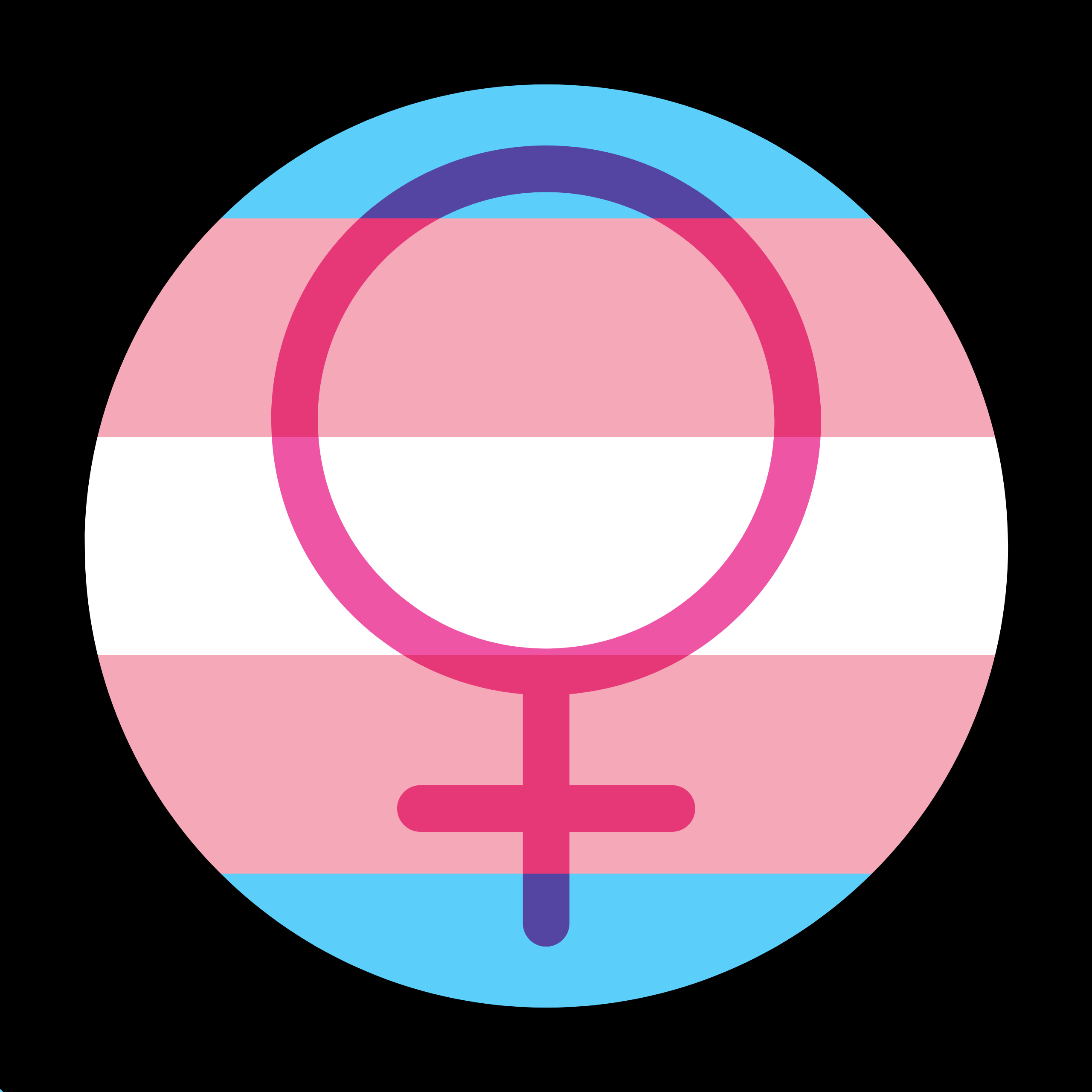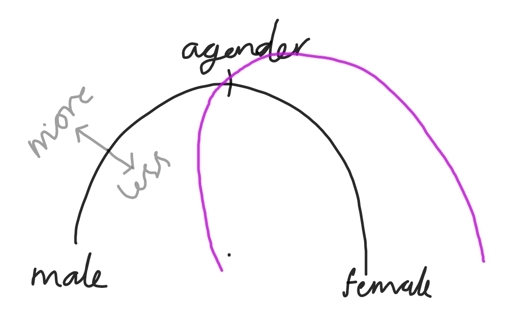A personal take on how I experience gender.
EDIT - more context would have helped as
I’m not trying to propose some simplified mathematical fits all graph here.
I’m struggling, having been out as non binary for about 5 years, with the idea that trans woman might be a better introductory starting point label for me. I understand gender as complex - far more complex than a 2 line graph sketch - but drew the graph to hone in on MY experience with fluidity. I was interested in my strength/clarity of feeling at different points.



https://pubmed.ncbi.nlm.nih.gov/26621705/
https://people.socsci.tau.ac.il/mu/daphnajoel/files/2019/10/Joel2019Neuroscientist.pdf
I think probably gender identity is more complex than a 2D plot, too. Even this complex brain-sex mosaic model doesn’t adequately capture it.
A common model I’ve seen for talking about gender is using the Gender Unicorn:
It is of course inaccurate and problematic, as any theory is going to be for something as complex as gender.
What is useful about the Gender Unicorn is that it gives you that intensity scale that on one extreme would be agender, which is what I think your drawing is trying to represent.
This looks crazy similar to the gender bread person
!
Yes of course it is. But thanks for the links, will read.
I’m not presenting anything absolute or probably new. Just a personal take on a correlation between where my gender is and how strongly I feel it, at the different points of my fluidity.
Love this statement.💜
Extracts from 2nd link that stood out to me
…
…
And adding to the first link:
Considering we all start the same for the first few weeks and then differ after that, it makes sense it’s not 1 spectrum of differences. It should be 2 at least.
yes, I think it’s quite surprising to find most people have a mix of sexed traits, the whole concept of a strict binary doesn’t apply at all to the brain it seems
and no worries, I suck at my delivery - I don’t mean to come across with such refutation vibes 😅 Maybe I’m just excited to share these articles and connect the dots between the current science on “brain-sex” and the ways we conceptualize or think about gender identity. I like your drawing, esp. the way it is plotted in angles rather than on a Cartesian plot - it’s just fun and quirky.